Located in south-central Colorado, about half-way between Denver and Albuquerque lie the tallest sand dunes in North America. The Great Sand Dunes are an awesome destination for families with young kids and offer a number of kid-friendly activities.
The Great Sand Dunes are unlike anything else I have seen. Massive dunes (no pictures do them justice) tower against the backdrop of the Rockies. A seasonal creek flows down from the San De Cristo Mountains through the Great Sand Dunes, bringing water to the high desert. And the contrast of night and day temperatures at this high altitude is stark.
Great Sand Dunes National Park is a very little-kid-friendly national park. Here are some tips to make your family trip to the Great Sand Dunes a fun experience for the whole family.
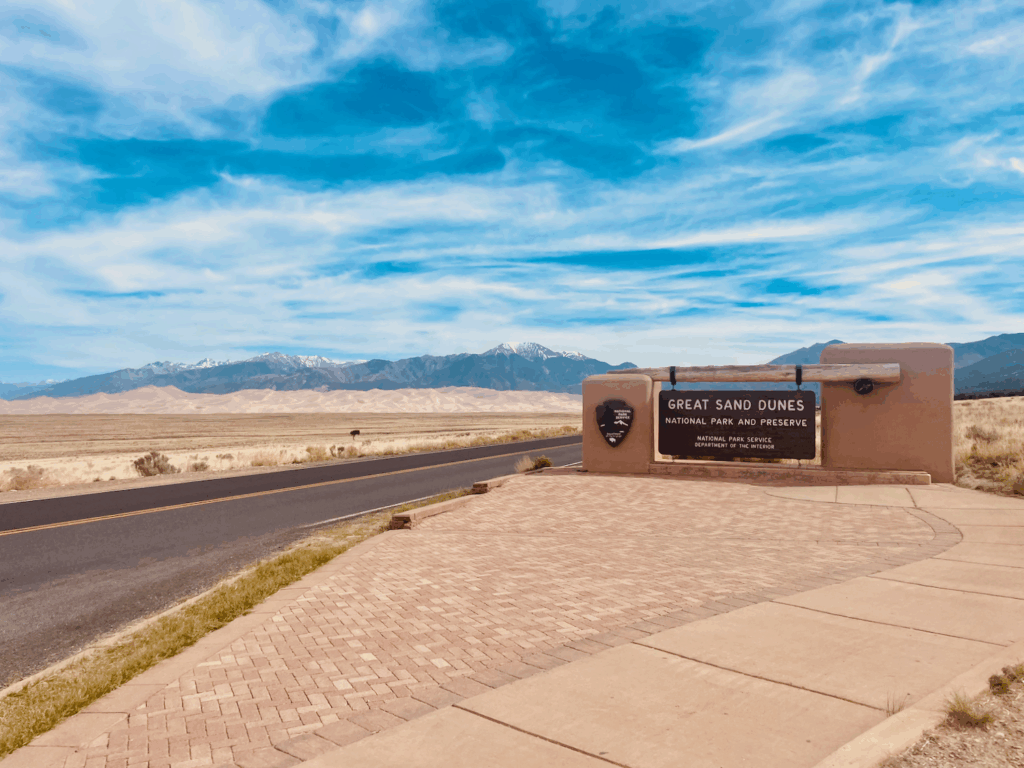
5 Kid-Friendly Things To Do at The Great Sand Dunes
This National Park offers some unique play opportunities for young kids. Here are my top 5 activities for families with young kids:
1. Sand sledding
Sand sledding on the Great Sand Dunes is harder than it looks. You need a very flat-bottomed, smooth sled to get any speed. Typical toboggan-style snow sleds will sink into the sand and you wont go anywhere. For the most success, I recommend renting sand-specific sleds that are made of smooth, flat wood. You can rent sand sleds at Great Sand Dunes Oasis Sled Rental right outside the park (near the Great Sand Dunes Lodge).
On a sand sled, you can get some speed, but less than you would expect relative to snow-sledding on a similarly steep slope. With little kids I like to start small, but if you aren’t getting much speed, try a steeper slope.
Your kids may also enjoy watching others drop from the steep cliffs of sand on their sleds and sand boards.
2. Rolling down the dunes
Rolling down the dunes is a gear-free, but messy way to have some fun. Your kids will get sand everywhere, including in their eyes if they are open. If the littlest ones aren’t ready to roll down the sand, running and jumping in it is a fun way to pass some time.

3. Playing in Medano Creek
Medano Creek is a very shallow seasonal creek that flows across the sand at the base of the dunes. When Medano Creek is flowing, it is a fun place to splash and play. I recommend bringing sand toys, a beach umbrella, towels, and float tubes (depending on water levels). When the water is high enough, people float on the creek. You could easily fill a day or more playing in the sand and water and forget that you are states away from any ocean.
4. Hiking the dunes
There aren’t any trails on the Great Sand Dunes. The Great Sand Dunes are open space for visitors to explore. The Visitors Center can give you route suggestions and other hiking information. You can also use AllTrails to follow the recommended route to reach your desired destination. If you download AllTrails, you can use GPS to track your location even when you don’t have cell service.
My main hiking tip is to not overestimate your abilities. It is very hard to walk on the sand. Even harder if you plan to carry any little ones. The sand also gets quite hot relative to the air temperature. If you do plan to hike, stick to early morning and early evening.
There are many alpine and forested trails near the Great Sand Dunes that you and your family can explore as well, especially if it is a hot day.
Zapata Falls is a popular hike in the area. But, depending on your kids’ hiking experience, it may not be the best option for a family with young kids. The views of the valley are very nice and the trail ends at a waterfall. It may, however be difficult to get all the way to the falls with young kids or little ones on your back. The majority of the hike is on a gravel trail. But to reach the falls, you need to cross a creek (no bridge or other dry footpath) and walk a short distance along the rocky ledges of a small crevasse. Water shoes would be helpful, but the water will be icy cold. Even in late spring you can find snow and ice at the falls.
Park Rangers at the Great Sand Dunes National Park Visitor Center will happily help you pick a hike or nature walk that is well suited for your family and what you are hoping to see. So I recommend stopping by the visitor center to chat with a Ranger early in your visit at the park. The Park Rangers will also give you up-to-date information on trail conditions, wildlife activity, weather, and anything else you should consider before heading out. The visitor center is always the first place I stop when visiting a national park.
5. Junior Ranger Program
Get your kids excited about nature and the National Parks through the Junior Ranger program. Children can become a Junior Ranger by completing a workbook that gives them activities and tasks related to the park, and then taking a pledge with a Park Ranger. The National Park Service website says the program is designed for ages 5-14, although all are welcome to participate, and there were activities in the Great Sand Dunes workbook for ages 3-6. With some assistance (reading and explaining directions), my preschooler was able to complete the workbook and become a Junior Ranger.
You can pick up the Junior Ranger booklets at the visitor center and at the camp store in the Piñon Flats Campground within the park. Once they have completed their booklets, bring your kids back to the visitor center to discuss their work and time in the park with a Park Ranger. They will get their booklets stamped and will receive a Junior Ranger badge. It is a really fun way to teach your kids about the park and grow their appreciation for the National Parks.
Like at other national parks, the Great Sand Dunes National Park has an engaging visitor center and offers a number of programs, guided walks/talks, and amphitheater events. You can check the calendar of events and programs on the Great Sand Dunes National Park website or at the visitor center.
How Long To Stay at the Great Sand Dunes
You can easily see the Great Sand Dunes in one full day. I recommend staying two nights so you have a full day to explore. But if you want to stay longer, you can definitely find ways to fill more time. My kids will happily play in sand and water for days. Check out the list of things below that I recommend bringing to the Great Sand Dunes.
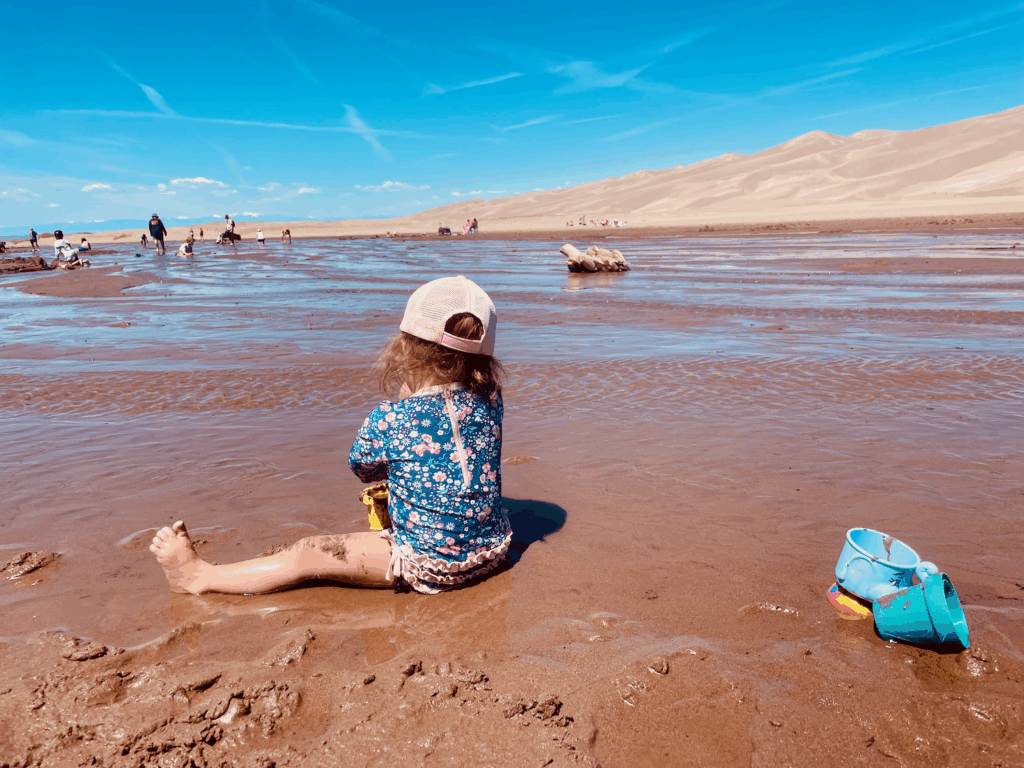
When to Visit the Great Sand Dunes
The Great Sand Dunes National Park is open year-round. But for a good time with young kids, I recommend visiting any place when weather conditions are mild – not too hot and not too cold. Late May-early June is probably the best time to visit the Great Sand Dunes with young kids. The Medano Creek should be flowing that time of year. And while the nights can still be chilly, the daytime air temperatures are more likely to be comfortable and the sand won’t heat up as much or as fast compared to the summer months when it can get scorching hot on the sand.
Where to Stay
Camping
The main place to stay within the Great Sand Dunes National Park is at the Piñon Flats Campground. This campground is well maintained with clean bathrooms, tidy campsites, and a campground store (between loop 1 and 2) where you can buy firewood, ice, and basic food items. There are no showers within the campground, but in the warmer months there are outdoor showers by the dunes to rinse off sand.
Piñon Flats Campground is closed during the colder months. For a mid-late spring visit, the Piñon Flats Campground books up far in advance (could be booked up to 6 months in advance at the time we visited). If the Piñon Flats Campground is already full on the dates you want to visit, I recommend checking back frequently as it gets closer to your trip to see if you can snag any cancelations. Sites do open up and we were able to get campsites that way. Reservations are required.
Some more primitive campsites are available for 4WD vehicles with high clearance. There are also some backpacking campsites in the Great Sand Dunes backcountry. I have not visited these campsites, but if you are interested, check the Great Sand Dunes National Park website for more information on these campsites, permit requirements, and access limitations.
There are also a number of campgrounds outside of the park that offer a range of amenities from primitive to glamping.
Other lodging
There are some lodging options right outside the park and within 20 miles of the park entrance. More options are available if you are willing to stay a further distance. For a list of accommodation options near the park, check out Great Sand Dunes National Park website. Airbnb and Vrbo also have some listings in the area.
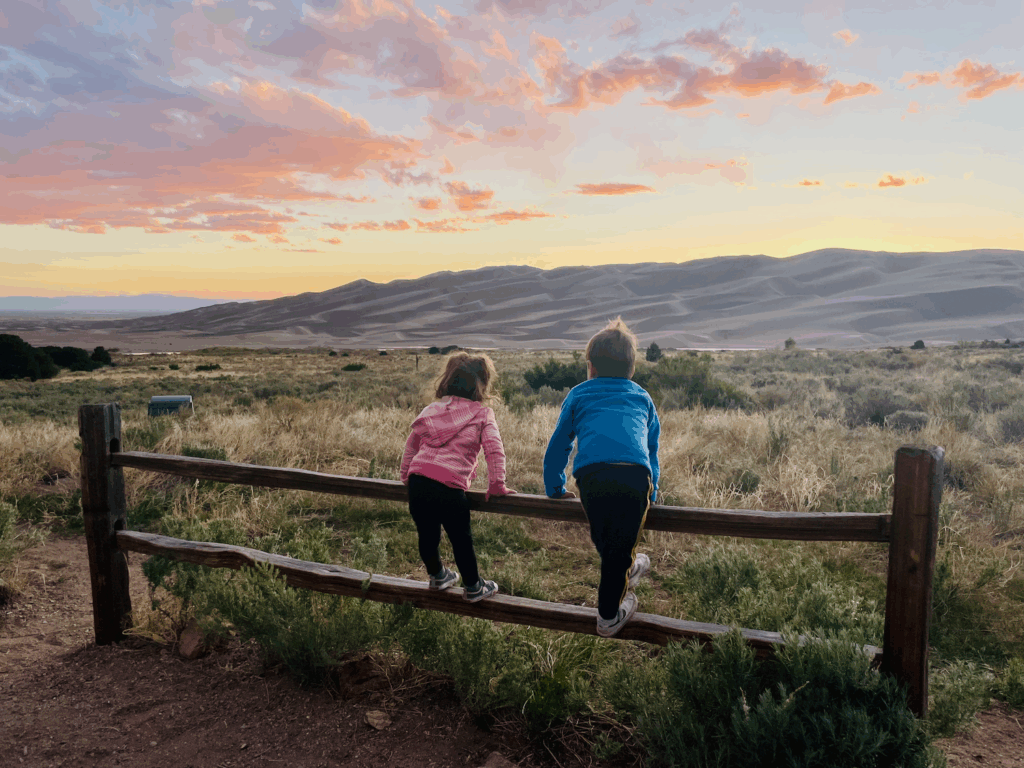
What to Bring to the Great Sand Dunes
You will want to bring all-weather gear to the Great Sand Dunes. The high-altitude desert climate gets quite cold at night but it can be very hot on the sand during the day. The area also receives a lot of wind. We found ourselves bundled up in wool layers and heavier jackets at night and then splashing around in Medano Creek in swimsuits during the day.
- hiking shoes
- water shoes
- swimsuit
- towel
- sand toys
- sun umbrella
- hat
- sungasses
- sunscreen
- clothing that you can layer when the temperature changes quickly
- light long-sleeve clothes to cover up skin when on the dunes in the heat of the day
- snacks
- reusable water bottles
Tips and Tricks
If you come prepared, the Great Sand Dunes is a blast for families with young kids. In summary, here are my top 5 tips for a great time at the Great Sand Dunes National Park:
- Go out on the sand dunes in the early morning hours or early evening. The sand gets very hot relative to the air temperature. Even by 9-10 am on a 70 degree day the sand was starting to get hot on our kid’s feet.
- Rent sand-specific boards if you plan to do any sand sledding or sand boarding
- Don’t over-estimate your hiking abilities on the sand. Hiking in sand is difficult, even for adults.
- Cover up. The sun is intense! I recommend wearing hats, a lot of sunscreen, and considering long sleeves on the dunes. There is no shade on the dunes and at such high altitude the sun can really burn. The area can also get quite windy. This combination of sun and wind is harsh on little faces.
- Bring Layers. Despite spring, summer, and fall days being quite warm, if not scorching hot, once the sun goes down it can get very cold.
Have a great time!
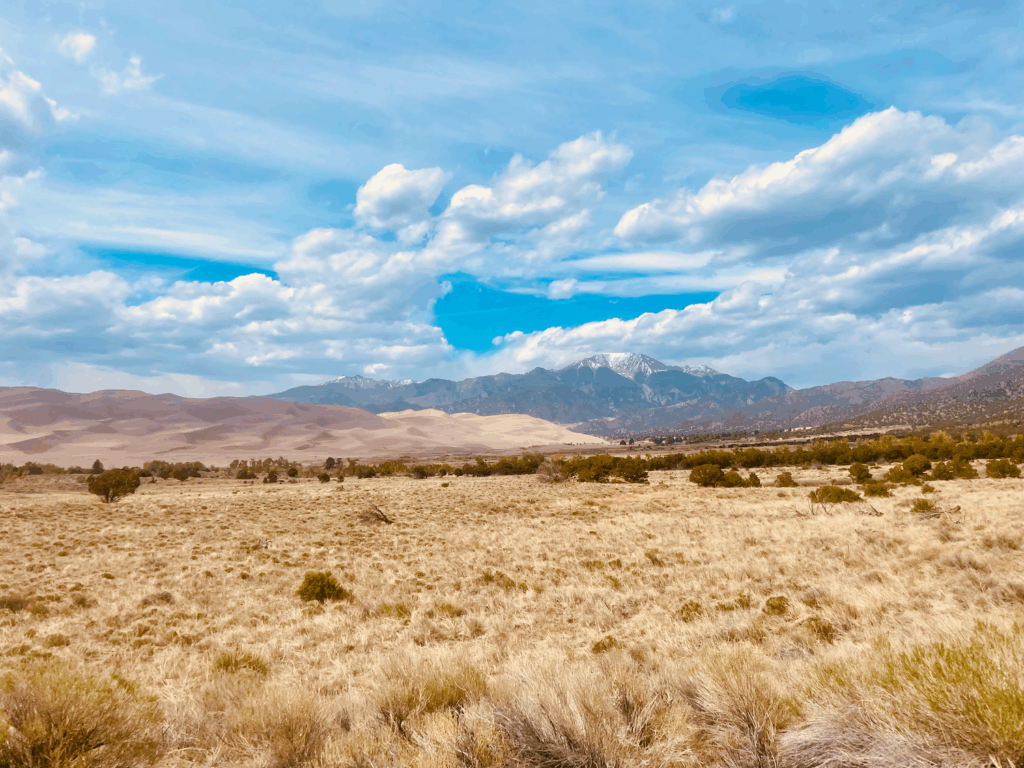
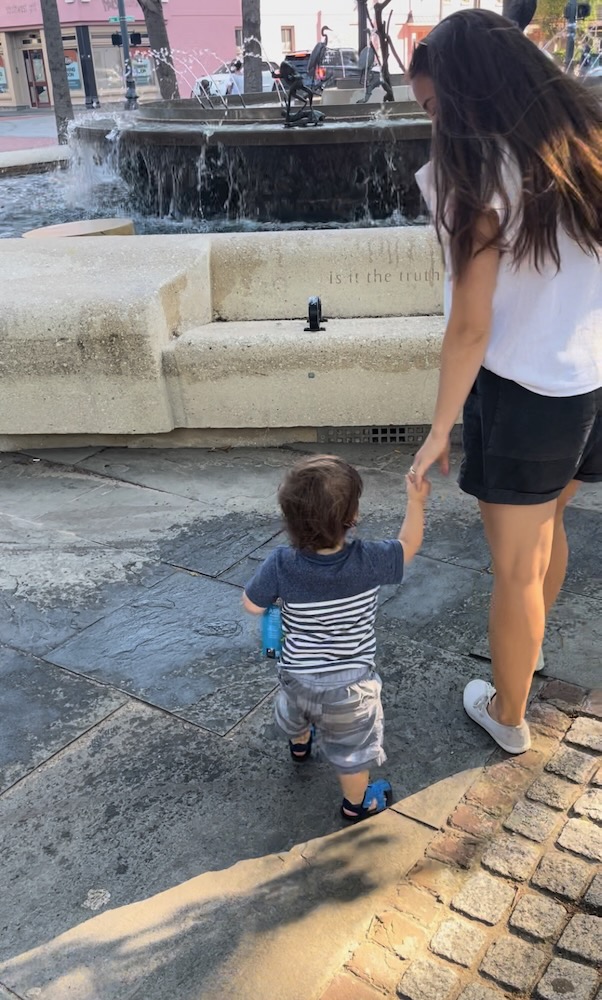
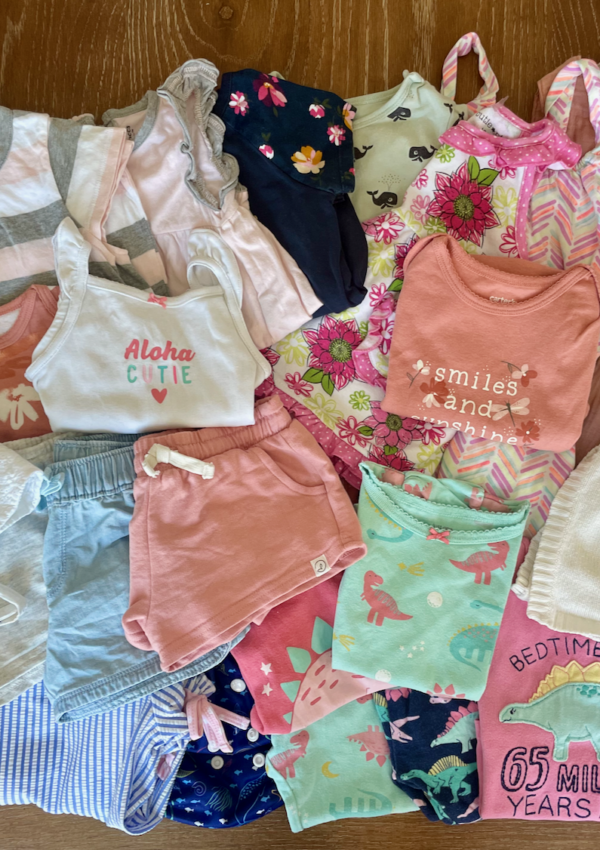
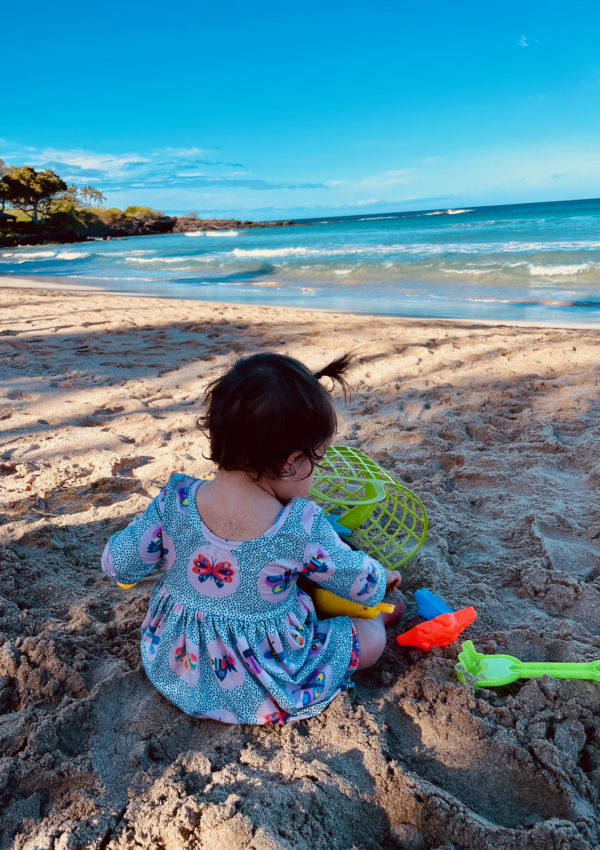
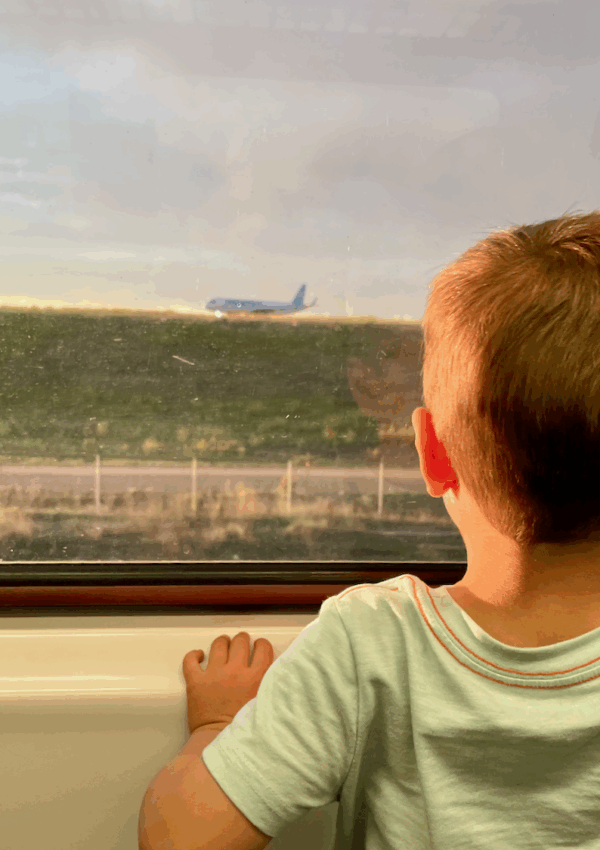
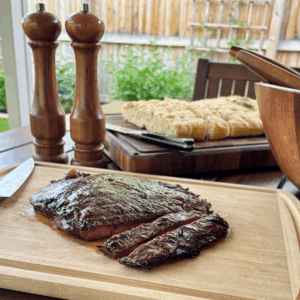
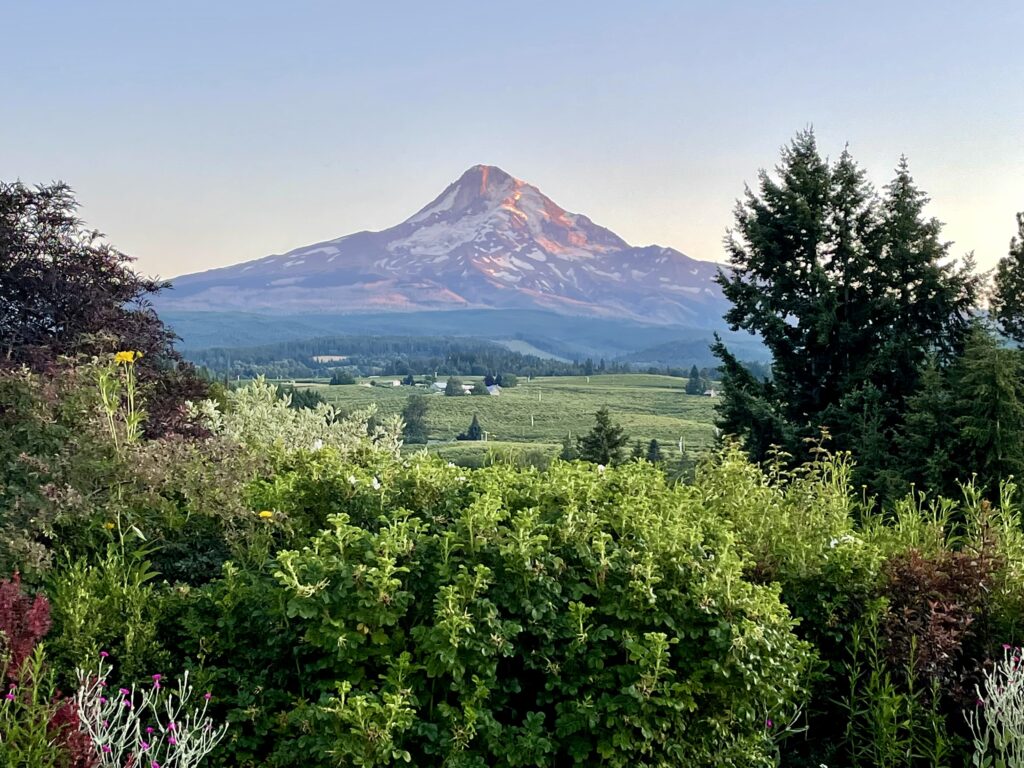
Leave a Reply